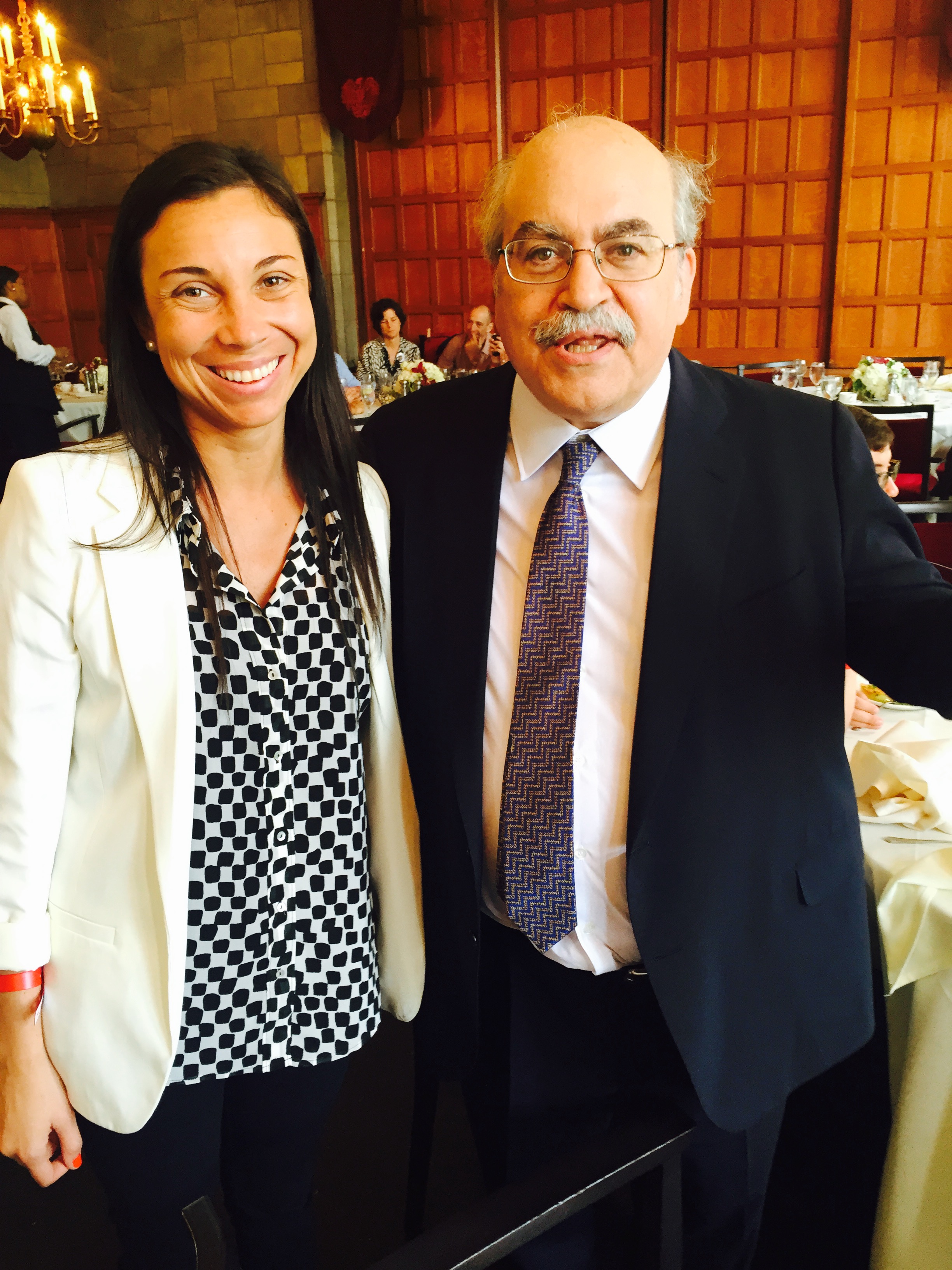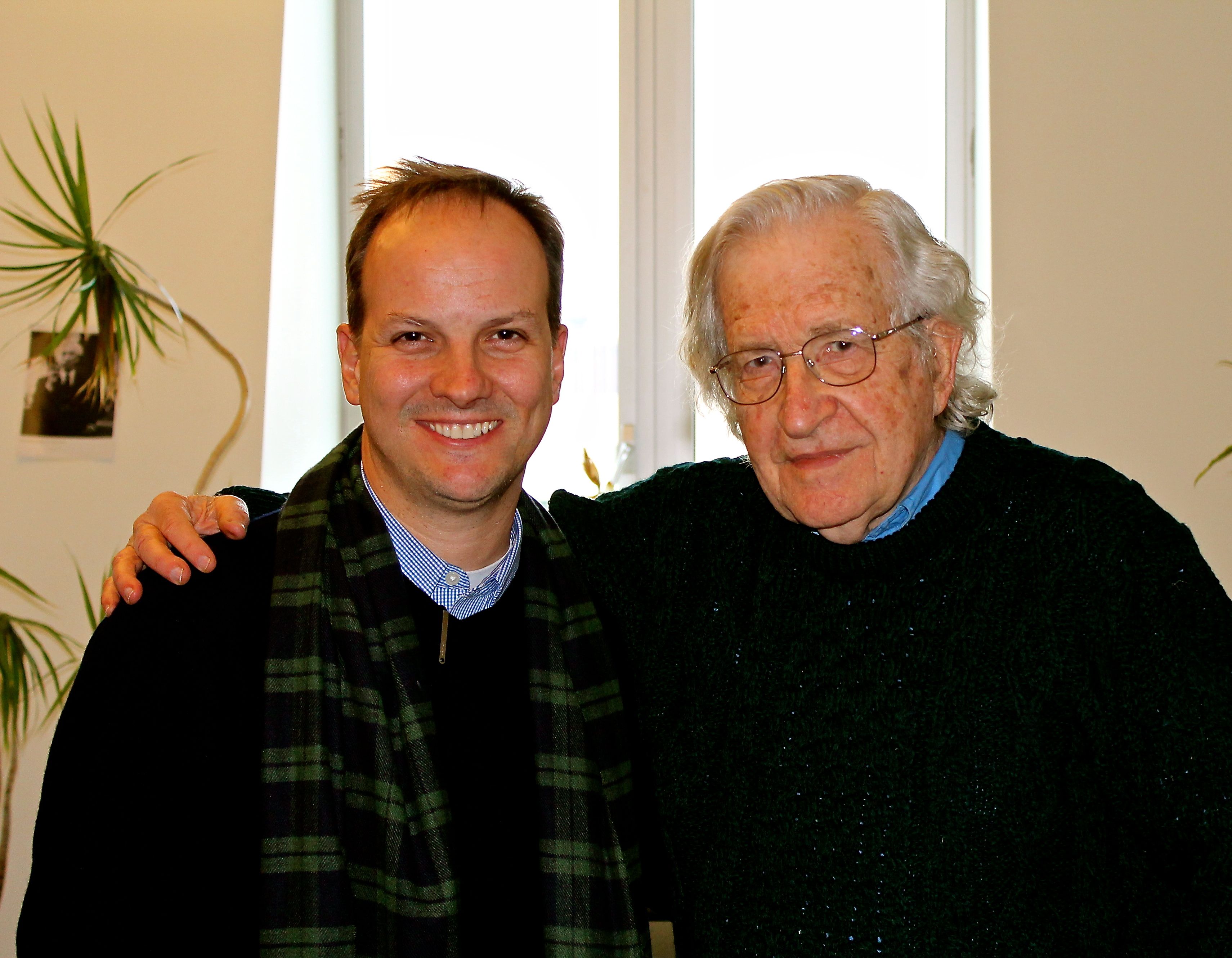By Marlène Rump ’15, current student in the International Trade, Finance and Development master program at Barcelona GSE. Marlène is on Twitter @marleneleila.
On Wednesday, October 22, we didn’t have classes, so we decided to explore one of the numerous events on the GSE calendar. For some brain and other food, the breakfast seminar on Labour, Public and Development Economics sounded just right.
The presentations scheduled were held by two of UPF’s PhD students who are in their last year. This means they are finalizing their “job market paper”, which refers to the paper they will use as a demonstration of their skills and interests when they apply for positions.
One important purpose of the seminar is giving the students an opportunity to practice presenting and defending their work, as well as receiving improvement suggestions from fellow PhD students and professors.
Backlash: The Unintended Effects of Language Prohibition in US Schools after World War I
Vicky Fouka started the seminar with her paper on language prohibition in the US Schools after World War I. She compared two states, similar in most social aspects, one of which banned the teaching of German from the primary schools for a few years and the other, her control state, which didn’t.
The prohibition, which was implemented by the authorities in early 1920s, originated from a German-hatred which was widespread in the United States after World War I. What was promoted as an integration measure had the exact opposing effects: Vicky finds that the Germans living in the state with language prohibition deepened their cultural segregation. In comparison with the control state, they were more likely to marry a German spouse and give their first child a very German sounding name.
Editor’s note: Vicky Fouka is a graduate of the Barcelona GSE Master in Economics. See more of her research on her website.
Cultural Capital in the Labor Market: Evidence from Two Trade Liberalization Episodes
The second presentation was also about the assimilation of immigrants, however Tetyana Surovtseva conducted her analysis with modern day data. Her assumption was that if the host country of immigrants increased trade with their country of origin, these immigrants had an advantage on the labor market in trade related sectors. Her hypothesis was that if the host country of immigrants increased trade with their country of origin, these immigrants had an advantage on the labor market in trade related sectors. Her underlying premise is that immigrants have a certain “cultural capital”, other than language, which is valuable for corporations involved in trade with their country of origin.
Tetyana examined the labor market demand for Chinese and Mexican immigrants in the US after a punctual improvement of trade agreements. Her findings suggest that labor market returns to the immigrant cultural capital increase as a result of trade with the country of origin.
Editor’s note: Tetyana is also a Barcelona GSE Economics alum. More about her work is available on her job market page.
Attend some seminars! Especially if you’re thinking of doing a PhD.
For both presentations there were numerous questions which gave additional insight especially on the methods of research. We also learned that most PhD students start their final thesis three years before the end of their program.
After this experience, I can highly recommend attending the seminars. You learn about interesting economic questions and see a specific application of your econometrics classes and this in only one hour. In addition, for those who are envisaging doing a PhD, the presentations give a genuine insight of the type of research you could be conducting.
 is a researcher at The Brookings Institution focusing on evidence development and biomedical innovation within the Center for Health Policy. Prior to joining Brookings, he was a civil servant at the U.S. Department of Health and Human Services developing policy expertise in health insurance for low-income populations, digital information systems and information governance, and cost effectiveness of public health programs.
is a researcher at The Brookings Institution focusing on evidence development and biomedical innovation within the Center for Health Policy. Prior to joining Brookings, he was a civil servant at the U.S. Department of Health and Human Services developing policy expertise in health insurance for low-income populations, digital information systems and information governance, and cost effectiveness of public health programs.




